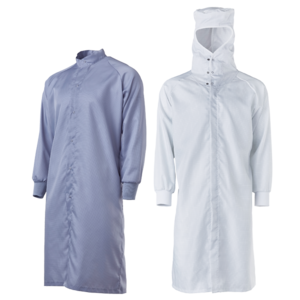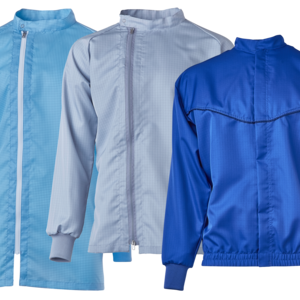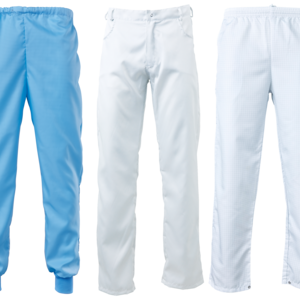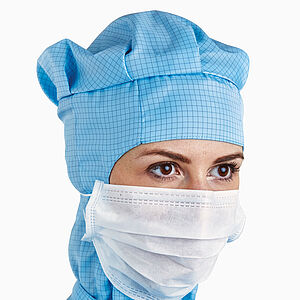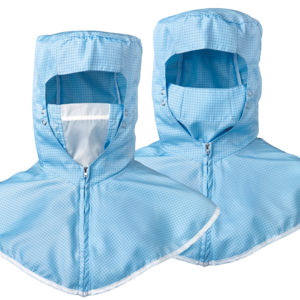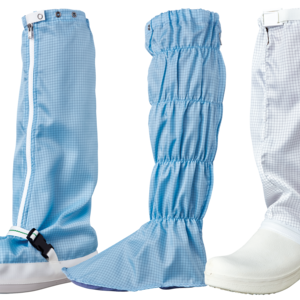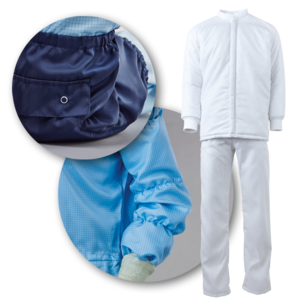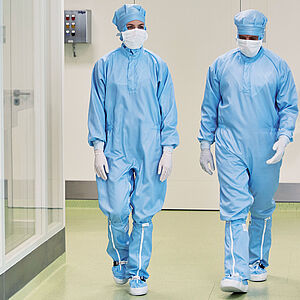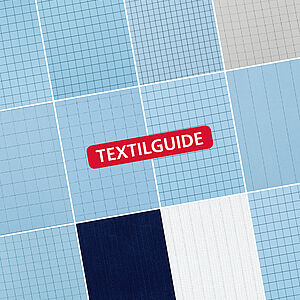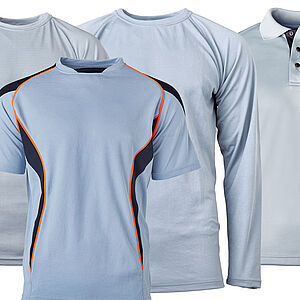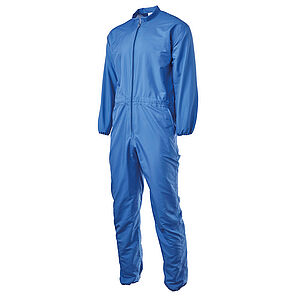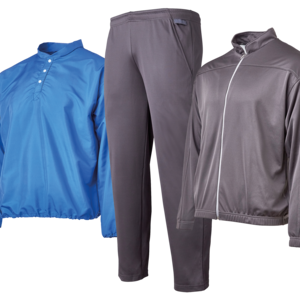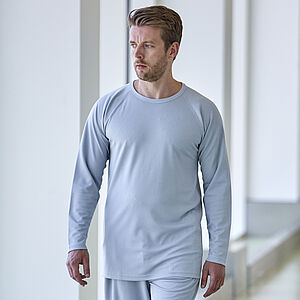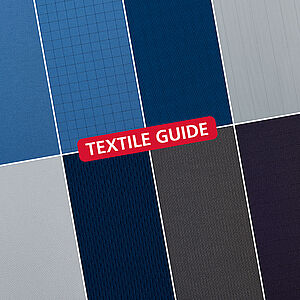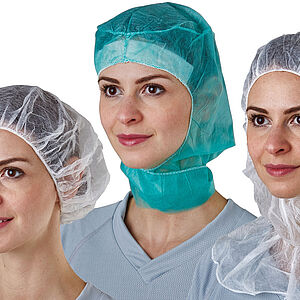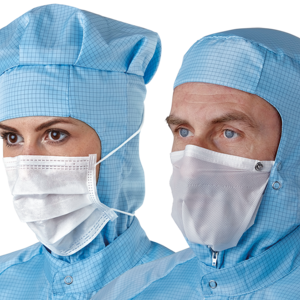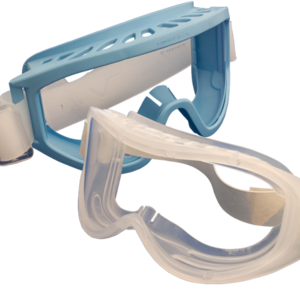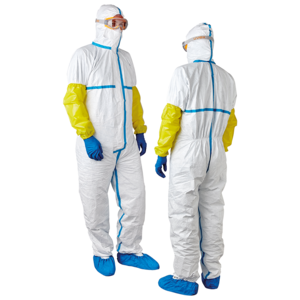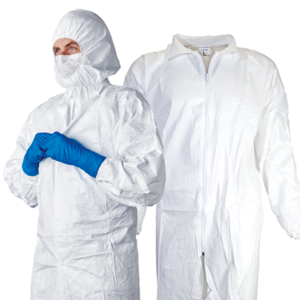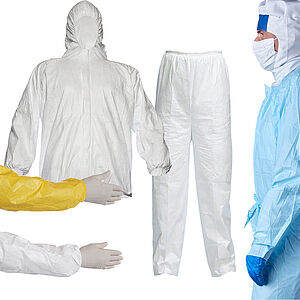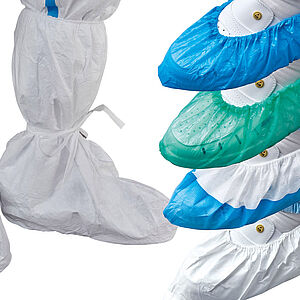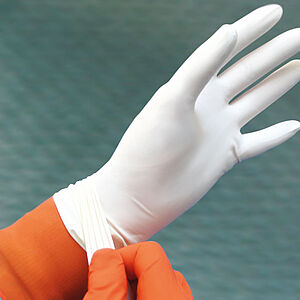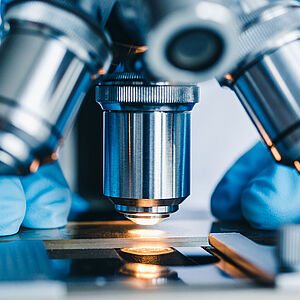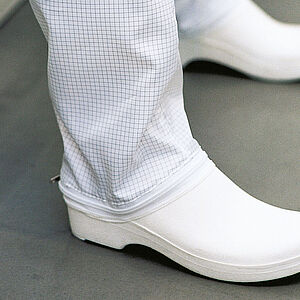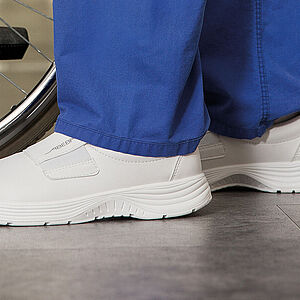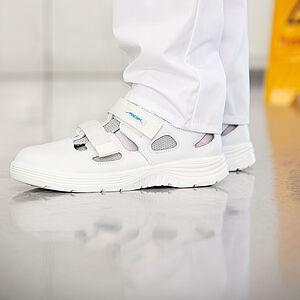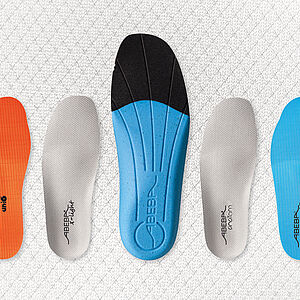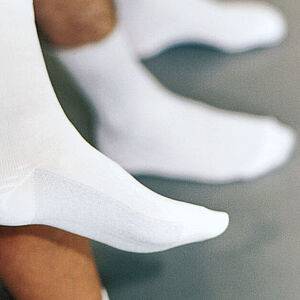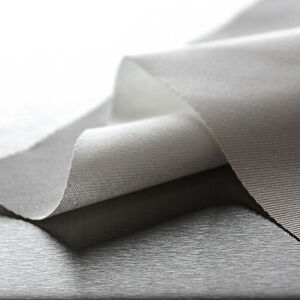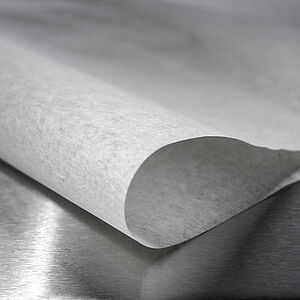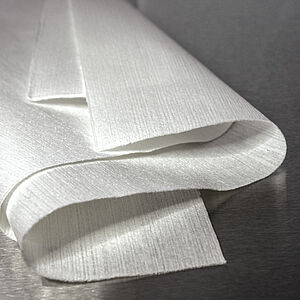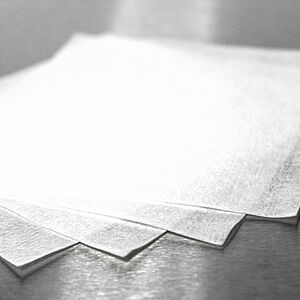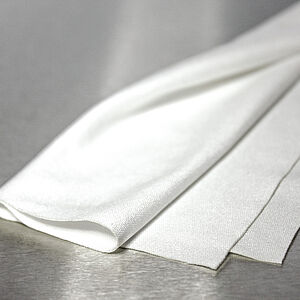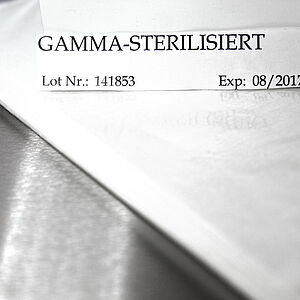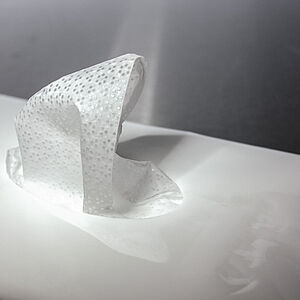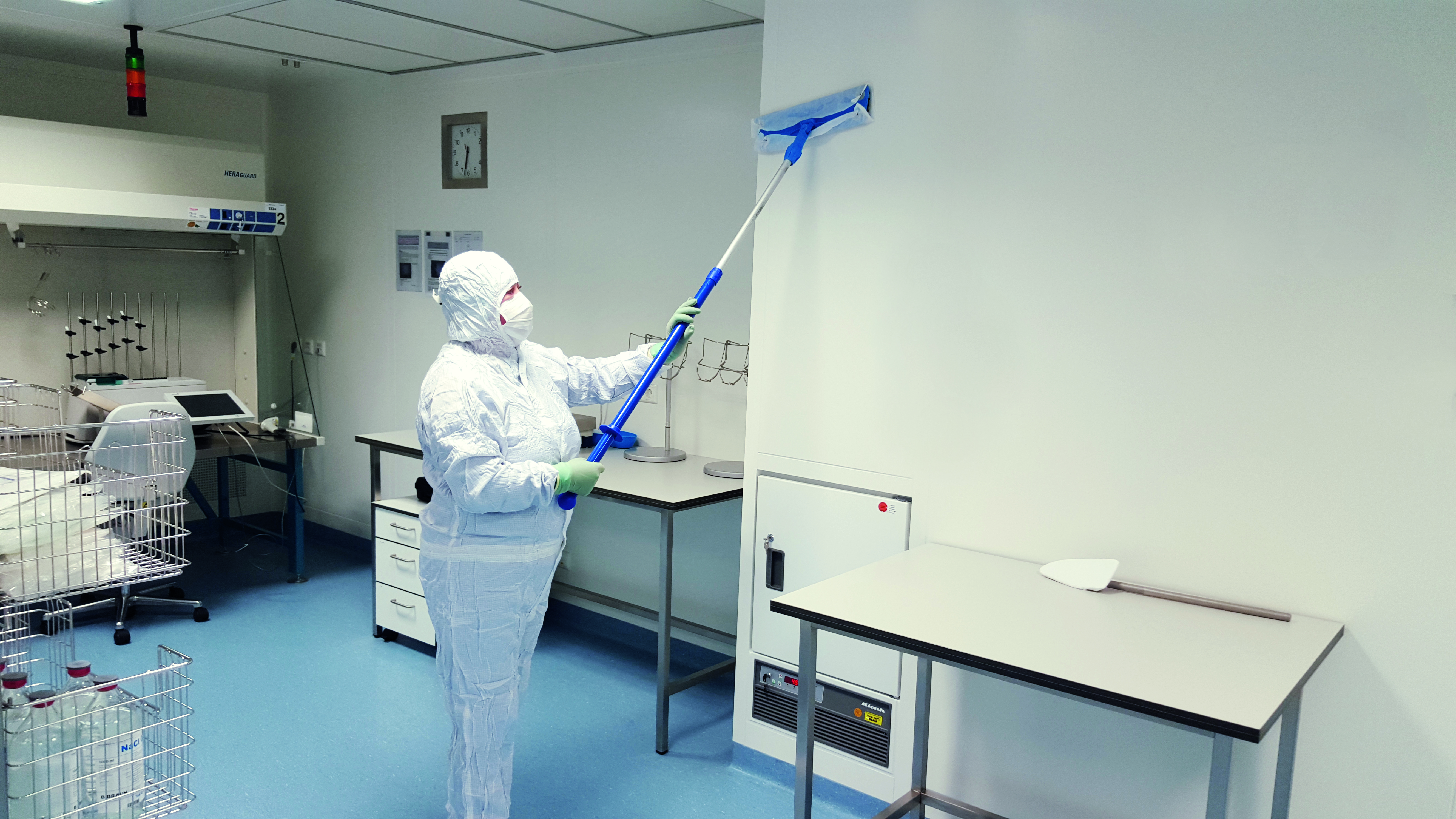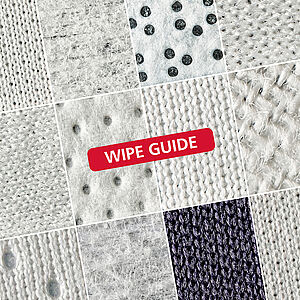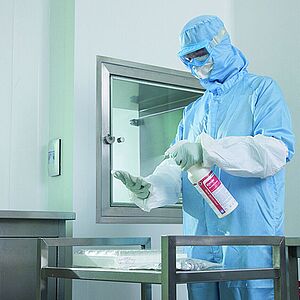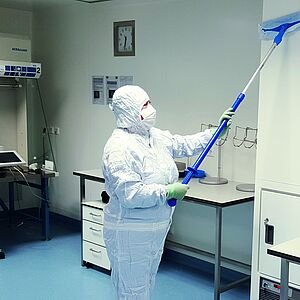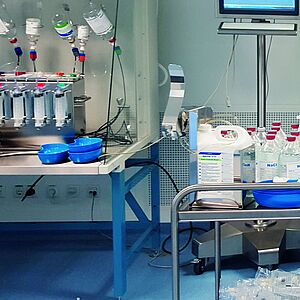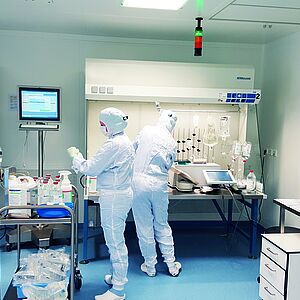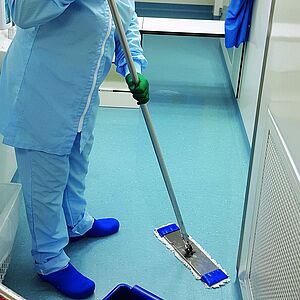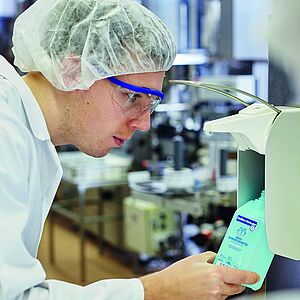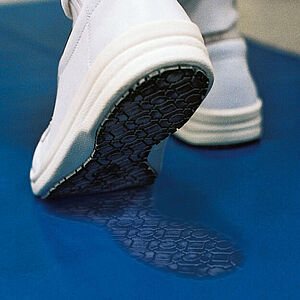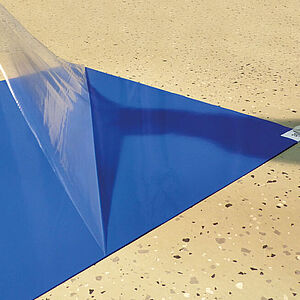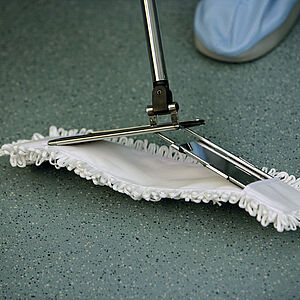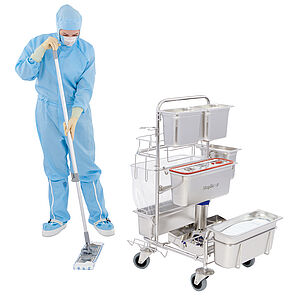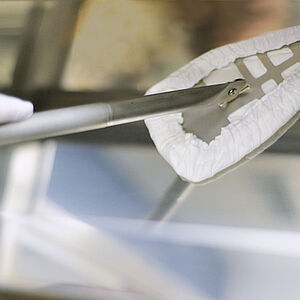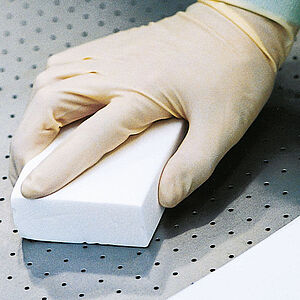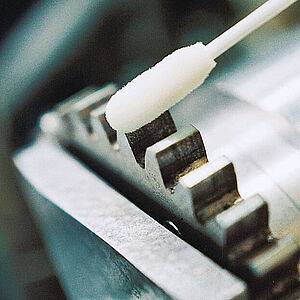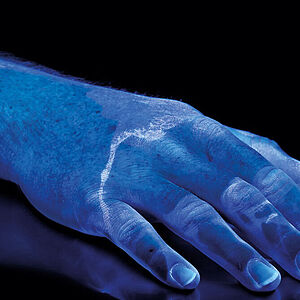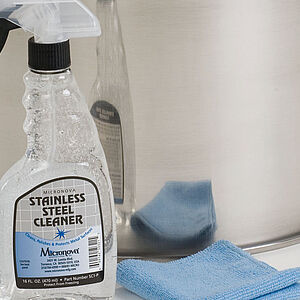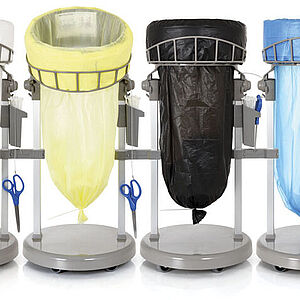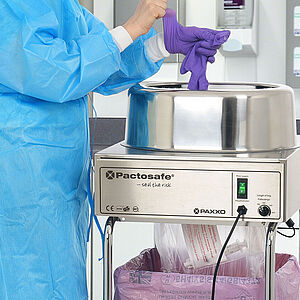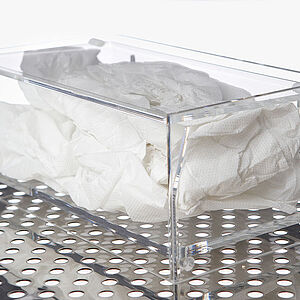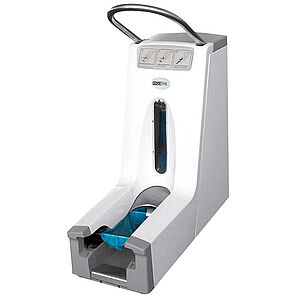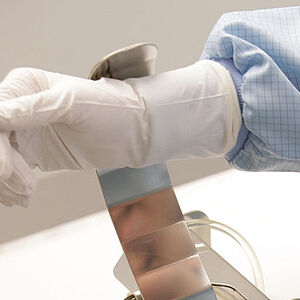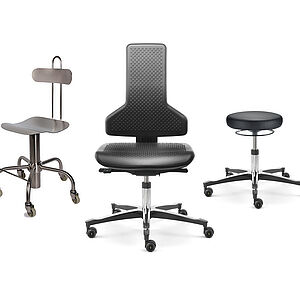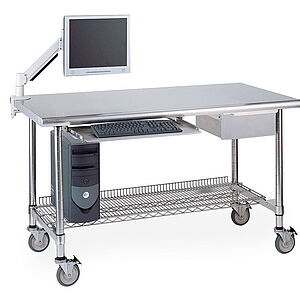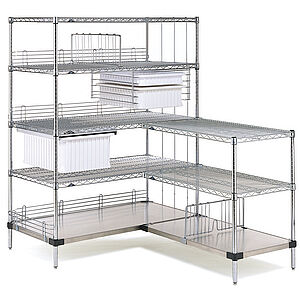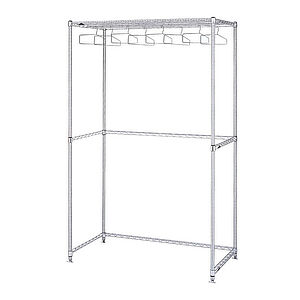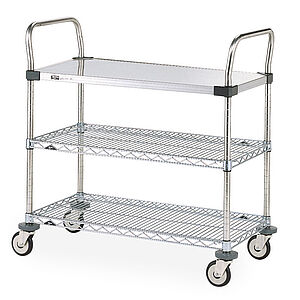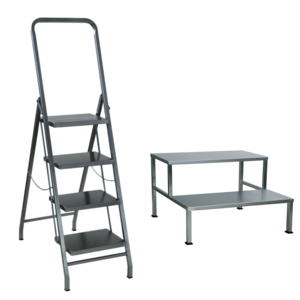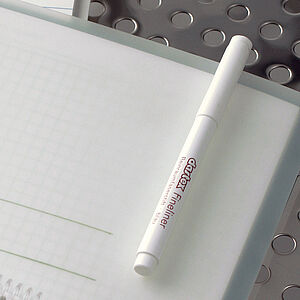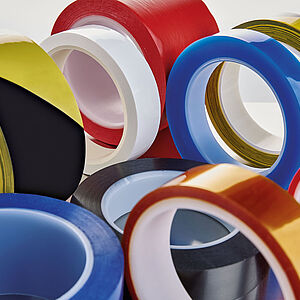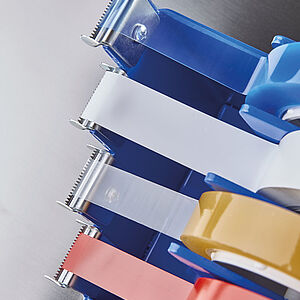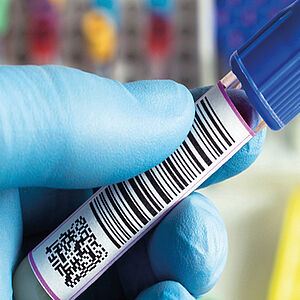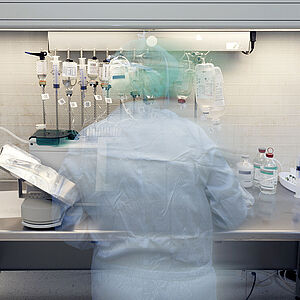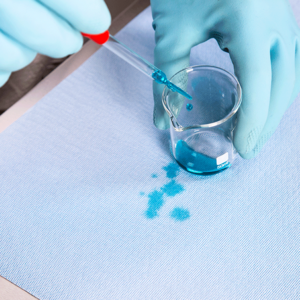











Faits et données
Afficher la liste de comparaison
Propreté surfacique
Maniabilité
Élongation
Charge en endotoxines
Exempt d’ions
Approprié substances cytostatiques
Protection chimique
stérile
texturé
spécifique main
Néoprène/polychloroprène
BioClean™ Suprene BSNS, N° art. 37309
Matériau: Néoprène/polychloroprène
Caractéristiques
- 100 % polychloroprène
- stérile
- conditionné par paire sous une pellicule transparente
- spécifique à la main
Avantages
- propreté surfacique adéquate
- très bonne coupe
- très haute ductilité
- durée de perméation élevée avec des désinfectants
- testé avec des cytostatiques
Domaines d’utilisation
- production stérile / remplissage aseptique de récipients
- pour le nettoyage / la désinfection avec des désinfectants et des biocides
- dans la production de cytostatiques
- pour des contraintes mécaniques intenses
Recommandation produit suivant les classes de salle propre
Classe de propreté de l'air EN ISO 14644-1
environnements maîtrisés au niveau particulaire
Zones d’hygiène selon BPF (GMP)
environnements maîtrisés au niveau microbiologique
EPI
Équipement de protection individuelle
Règlement (UE) 2016/425
Une attribution l’une à l’autre de gants pour salle propre à une classe de salle propre selon ISO 14644-1 n’est pas possible. On ne saurait émettre des recommandations uniquement sur la base de caractéristiques spécifiques pour salles propres, comme par ex. la „résistance à l’abrasion“ ou l’„émission de particules“. L’utilisateur trouvera dans la directive VDI n° 2083 Feuille 9.2 d’autres indications à ce sujet.
Données techniques
| Unit of measurement | Value | Test method | ||
| Material |
100% chloroprene rubber (CR) | |||
| Perforation-free |
AQL Piping stage |
1.5 2 | EN 374-2:2015 | |
| Tear resistance |
before ageing after accelerated ageing | N min./typical |
n.s./n.s. n.s./≥ 9 |
EN 455-2:2015 EN 455-2:2015 |
| Extreme elongation |
before ageing after accelerated ageing |
% min. |
n.s n.s. |
EN 455-2:2015 EN 455-2:2015 |
|
Dimensions nominal single wall thickness |
fingertips palm cuff | mm |
0.18 0.16 0.12 | |
| Length (+/- 10 mm) | mm typical | 300 | EN ISO 21420:2020 | |
|
Size/palm size nominal (+/- 5 mm) |
6 6.5 7 7.5 8 8.5 9 | mm |
77 83 89 95 102 108 114 | EN ISO 21420:2020 |
|
Size/Hand circumference nominal |
6 6.5 7 7.5 8 8.5 9 | mm |
n.s. | EN ISO 21420:2020 |
| Extractable particles | ≥ 0.5 µm |
number/cm2 typical | < 1,500 | IEST-RP-CC005.4 |
| Sterilization |
Sterility Assurance Level (SAL) for unopened/not damaged PE bag/ MHD 5 years from date of manufacture | 10-6 | ISO 11137-1:2006 | |
|
Endotoxins detected by LAL test, kinetic turbidimetric |
Endotoxin units (EU) per pair | < 20 | EN 455-3:2015 | |
| Biocompatibility | n.s. |
Epicutaneous test according to Buehler + Primary Skin Irritation Tests | ||
|
Glove-related allergies sensitization of water-soluble natural latex proteins (type 1 allergy) | µg/g | ≤ 50 | EN 455-3:2015 | |
|
Silicones, amides, Di-n-octyl phthalate (DNOP) | not detectable |
IEST-RP-CC005.4 FTIR measurement method | ||
| Powder-free | µg/gloves | compliant | ISO 21171:2006 | |
| Non volatile residues (NVR) | µg/g | max. 30 | IEST-RP-CC005.4 | |
|
Extractable ions NN = not detected NT = not tested | Ions Ammonium (NH4+) Bromide (Br-) Calcium (Ca+) Chloride (ClO2-) Copper (Cu+) Fluoride (F-) Iron (Fe+) Lithium (Li+) Magnesium (Mg+) Nitrate (NO3-) Nitrite (NO2-) Phosphate (PO43-) Potassium (K+) Sodium (Na+) Sulphate (SO42-) Zinc (Zn+) |
µg/cm2 specific n.s. n.s. n.s. n.s. n.s. n.s. n.s. n.s. n.s. n.s. n.s. n.s. n.s. n.s. n.s. n.s. |
µg/cm2 typical 0.004 NN 3.000 0.899 NT NN NT NN 0.028 3.841 NN NN 0.583 0.410 0.079 0.062 |
IEST-RP-CC005. 4 |
|
ESD properties surface resistance contact resistance charge decay electrostatic properties (construction + material requirements) | n.s | EN 1149-1:2006 EN 1149-2:1997 EN 1149-3:2004 EN 1149-5 | ||
| Food contact |
suitable |
Regulation (EC) 1935/2004 + Regulation (EC) 2023/2006 | ||
|
Permeation resistance of medical gloves for chemotherapeutic agents | compliant | ASTM D6978 | ||
| PU |
100 pairs 1 pair per PE flat bag in a sealed PE bag, 10 pair/10 PE bags per sealed large bag | |||
| Cardboard quantity |
200 pairs 20 big bags |






